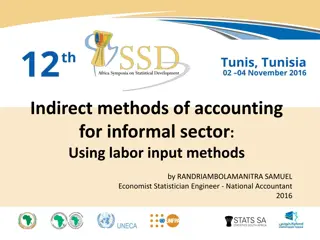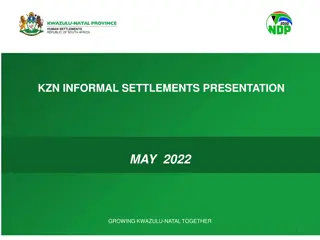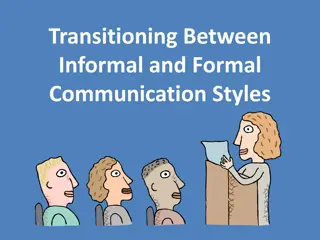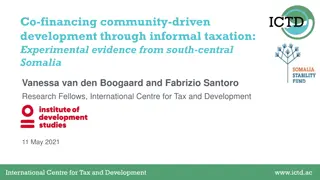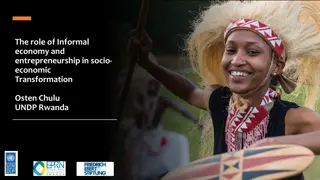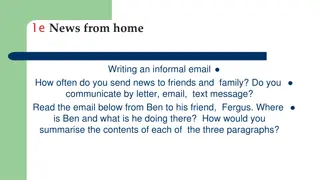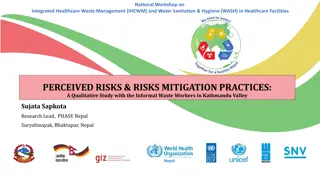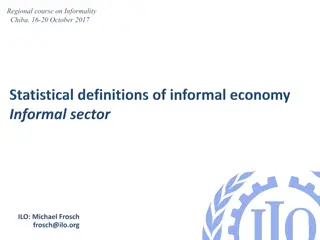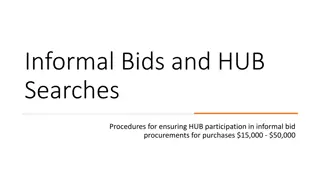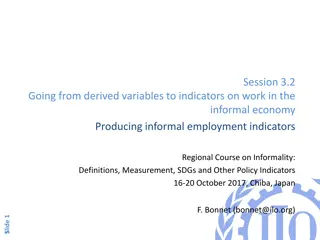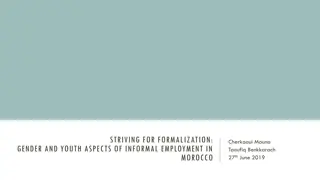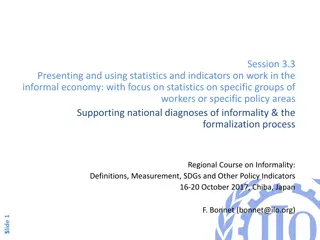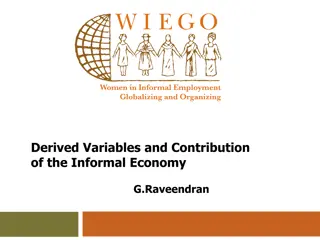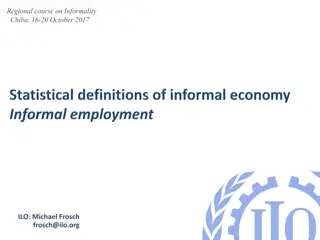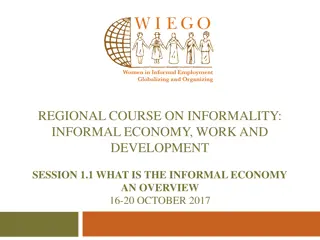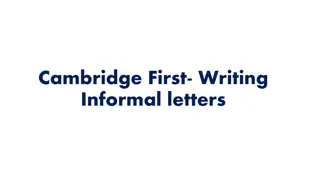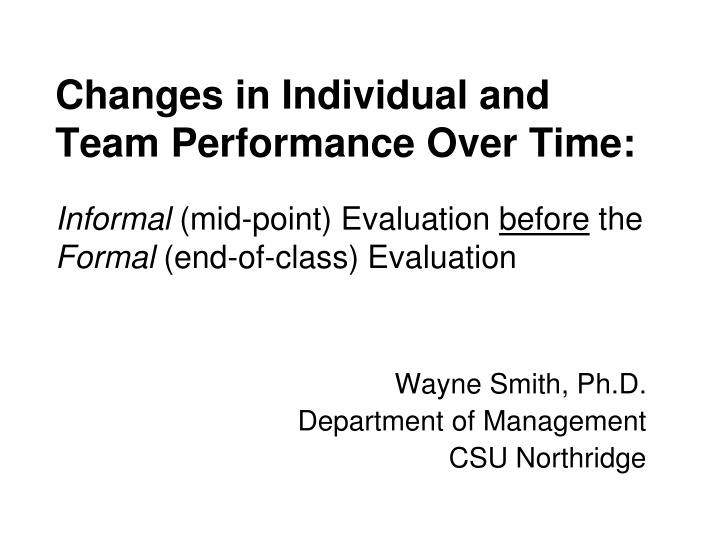
Team Dynamics and Performance: Insights for Improvement
Explore valuable insights on team dynamics, performance evaluation, characteristics of successful teams, conflict management strategies, and tips to enhance team productivity. Enhance your knowledge to boost teamwork effectiveness and overall performance.
Download Presentation

Please find below an Image/Link to download the presentation.
The content on the website is provided AS IS for your information and personal use only. It may not be sold, licensed, or shared on other websites without obtaining consent from the author. If you encounter any issues during the download, it is possible that the publisher has removed the file from their server.
You are allowed to download the files provided on this website for personal or commercial use, subject to the condition that they are used lawfully. All files are the property of their respective owners.
The content on the website is provided AS IS for your information and personal use only. It may not be sold, licensed, or shared on other websites without obtaining consent from the author.
E N D
Presentation Transcript
Changes in Individual and Team Performance Over Time: Informal (mid-point) Evaluation before the Formal (end-of-class) Evaluation Wayne Smith, Ph.D. Department of Management CSU Northridge
Team Characteristics Contributing to the Team s Work Strong: Does more or higher-quality work than expected. Weak: Does not assist teammates. Quits if the work becomes difficult. Interacting with Teammates Strong: Asks for and shows an interest in teammates ideas and contributions. Weak: Complains, makes excuses, or does not interact with teammates. Keeping the Team on Track Strong: Watches conditions affecting the team and monitors its progress. Weak: Avoids discussing team problems, even when they are obvious. Expecting Quality Strong: Motivates the team to do excellent work. Weak: Doubts that the team can meet its requirements. Having Relevant Knowledge, Skills, and Abilities Strong: Demonstrates the knowledge, skills, and abilities to do excellent work. Weak: Unable to perform any of the duties of other team members.
Avoiding Process Losses and Fault Lines in Teams The simplest tips prevent small problems from becoming large problems. Free-riding Review your trust and contract assignments Team-based feedback objective and subjective Manage air time Does everyone have a chance to speak and contribute? social professional social > 5% 85% 10% Information Processing Discuss non-common, privately-held, non-agreed-upon data too Inadvertent filtering by perceived status or cognitive biases
What do the best teams do? The best teams are those that have the most tolerance for their teammates perspectives, have the greatest diversity in personalities, and have everyone exploring slightly different things but going in the same direction. The best teams create a culture of psychological safety among its members. This means that team members can share thoughts, ideas, and concerns without fear of ridicule or punishment. Workplace teams that are most successful share some characteristics: Each member of the team is engaged. Everyone talks and listens in roughly equal measure, and they talk with everyone. There is a diversity of ideas, and everyone is willing to consider new ideas. Everyone is involved in setting goals for a project Source: Woo, S. (2017, Mar 13), "In Search of a Perfect Team: Who works best with whom? Now we know", Wall Street Journal
Managing Conflict Conflict A disagreement between people on: Substantive issues regarding goals and tasks, allocation of resources, distribution of rewards, policies and procedures, and job assignments Emotional issues arising from feelings of anger, distrust, dislike, fear, and resentment, as well as personality clashes Functional Conflict (vigorous discussion and debate) that is well managed can help promote creativity and high performance Dysfunctional Conflict (unproductive arguments and unresolved issues) that isn t well managed can lead to a substantively less-cohesive team (and weak performance and lost points for the entire team)
Communication Channels and Information Richness
Difficult Conversations Professionals don t need much help when things are going well. But everyoneneeds help when things aren t going well. Teams need to learn to discuss openly and honestly topics such as: Clarifying Expectations Review the Team Trust assignment (and expand upon it as necessary). Perhaps revisit the Team Contract assignment (and extend it as needed). Evaluating Performance Understand how the work of even a single individual (in-class or out-of-class) can negatively impact the team and reduce the scores of all team members. Help others create a culture of ownership. Adjusting Behavior Focus on recurring behavioral issues first. Link individual attitudes with demonstrable action. Learn how to be objective even on topics involving personality and perspective. Remember .it is possible to be voted off the island (team) The team needs to keep good documentation for the instructor. The student(s) will then earn an automatic F .
How do you learn to improve yourself? You need to learn to ask others (subordinates, professional peers, and bosses/managers/faculty) to provide you with constructive feedback. You initiate that dialogue. You need to learn how to 1) learn from others constructive feedback, 2), develop a action plan, and 3), change your behavior based on that action plan. You are responsible for evaluating the changes and results of your plan. You need to learn how to provide constructive feedback to others (especially professional peers and teammates). You 1), choose the right time and place, 2), ensure that the feedback is reliable (is consistent) and valid (reflects reality), 3), make it direct and specific, and, 4), provide it in relatively small doses. You need to learn to ask others (especially professional peers and teammates) how you can help them? You initiate that dialogue.

